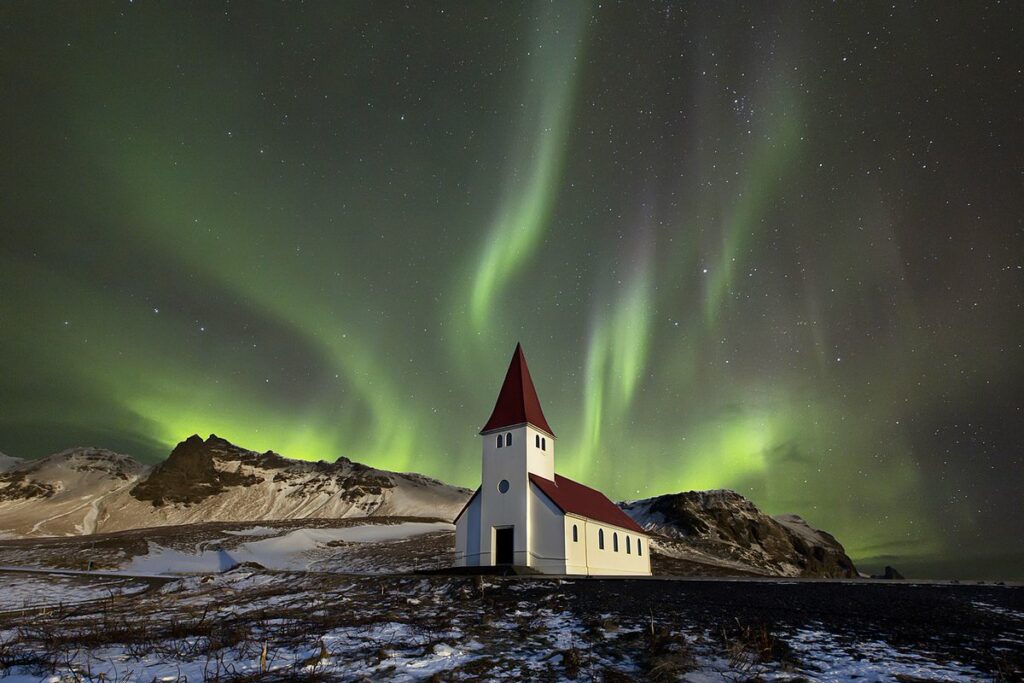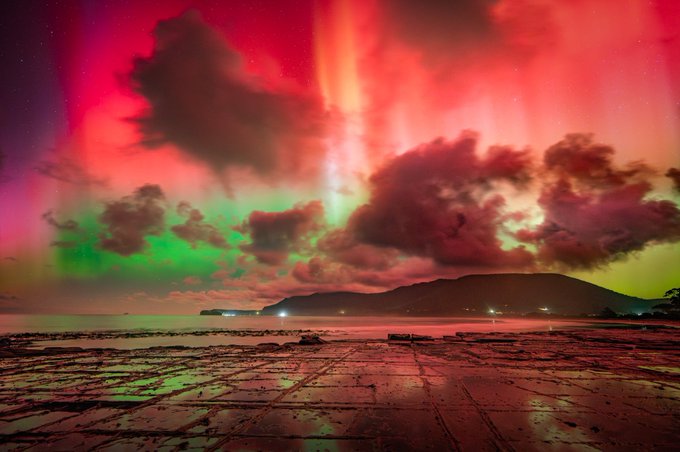The mesmerizing glow of the aurora borealis, a rare celestial spectacle, adorned the night skies across the UK, Europe, and the northern hemisphere in a series of extraordinary sightings.

From the north-east coast of Whitley Bay to Essex, Cambridgeshire, and Wokingham in Berkshire, and as far as Suffolk, Kent, Hampshire, and Liverpool, reports flooded in of the breathtaking phenomenon. Kathleen Cunnea, from Great Horkesley, Essex, described the experience as “absolutely stunning.”
Similar sightings were documented in Ireland, where images of the ethereal lights over Dublin and Shannon airport in County Clare were shared by the weather service, Met Éireann.
The storm posed no serious threat to the seven astronauts aboard the International Space Station. The biggest concern was increased radiation levels, and the crew could move to a better shielded part of the station if necessary, according to Steenburgh.–NASA
Met Office spokesman Stephen Dixon commented on the favorable conditions for witnessing the aurora, particularly on Friday night, extending to Scotland, Ireland, and parts of northern England and Wales. He noted the potential for visibility even further south with suitable equipment.
As social media buzzed with awe and excitement, science teacher David Boyce likened the experience to a “religious experience – or an alien abduction,” while another user shared that Edinburgh in Scotland felt like “a different planet tonight.”
Aurora displays are a result of charged particles colliding with gases in the Earth’s atmosphere around the magnetic poles. While typically concentrated within the aurora oval, spanning latitudes between 60 and 75 degrees in the northern hemisphere, heightened solar activity can expand this range, leading to sightings further south.
In the US, the National Oceanic and Atmospheric Administration (Noaa) issued a rare severe geomagnetic storm warning, anticipating auroras as far south as Alabama and northern California. Experts advised capturing the spectacle with phone cameras, given their ability to capture light better than the naked eye.
Despite potential disruptions to GPS signals and satellite operations, the event poses no significant threat to astronauts aboard the International Space Station, according to Nasa. As solar activity intensifies towards the peak of its 11-year cycle, enthusiasts are encouraged to seek out dark, unpolluted locations for optimal viewing of this celestial marvel.



